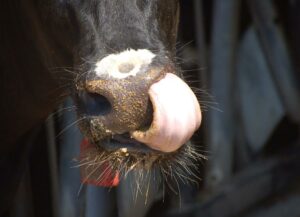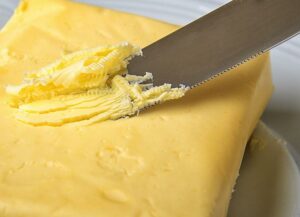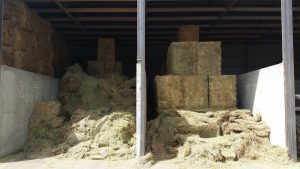Uriel Vergara Ramirez
The loss of pregnancy has a negative impact on reproductive performance, resulting in significant economic losses and shortening of the cow’s productive life. Between 1997 and 2013, late embryonic mortality has been reported to range from 3.2 to 42.7%; Maurer and Chenault in 1983 had already reported early embryonic loss from the eighth day of gestation.
Recent data show that a large part of embryonic losses (27-31%) occur between days 8-16 and 24-31 post artificial insemination (post-IA). In commercial farms it is common to observe a cow in heat thirty days after being inseminated or 15 days later when checked for pregnancy at 45-50 days (due to fetal reabsorption). Also, it is not uncommon to see abortions –fetal membranes containing an embryo– from 30 to 32 days gestation.
It is well known that adequate concentrations of vitamins in the blood are essential for normal reproductive function. In confinement milk production systems, farms generally use preserved forages. Their carotenoid content is reduced during storage as silage or hay, in addition to their content in cereal grain forages to be low to start with.
Carotene is currently being investigated for its potential reproductive benefits. Positive responses in the fertility of dairy cows have been observed when supplemented from birth, although absent or negative effects on reproduction have also been reported, in part due to wide variation in serum status of carotene. Dietary carotene, an antioxidant, is the main vitamin A precursor, which is necessary to maintain cell membranes.
Carotene is especially useful for neutralizing reactive oxygen species and plays a role in protecting the oocyte and embryo from oxidative stress. While supplementation has been shown to affect plasma concentrations of carotene, there is also a variation in plasma concentrations among cows consuming the same diet.
A recent study published in Theriogenology (Madureira et al. 2020) determined the association of plasma concentration of carotene at the time of AI in dairy cows and its association with fertility and pregnancy losses. A total of 399 fixed-timed inseminations of 364 Holstein cows from a commercial stable in Minas Gerais state, Brazil were included in the trial.
A high concentration of β-carotene was associated with better conception rates
Cows with a higher plasma carotene concentration had higher fertility, higher concentrations of gestation-associated glycoproteins (GAP) on day 31 after AI, and lower pregnancy losses compared to cows that had lower concentrations.
The greatest pregnancy losses between 31-60 days of gestation were in cows with lower plasma, since it is in this period when the functional cotyledonary placenta of cattle is established. Bovine GAPs are secreted by the trophectoderm of the developing placenta of ruminants and lower concentrations of GAP have been associated with late embryonic mortality.
In conclusion, cows with higher concentrations of plasma carotenoids showed better conception rates and lower embryonic losses. Current results suggest that a-carotene may be associated with placental function in nursing dairy cows.
Bibliography
- de Ondarza B. M., Wilson W. J. and Engstrom M. 2009. Case Study: Effect of Supplemental β-Carotene on Yield of Milk and Milk Components and on Reproduction of Dairy Cows. The Professional Animal Scientist TBC (TBC):1–7.
- Madureira M. L. A., Pohler G. K., Guida G. T., Wagner E. S., Cerri L. A. R. and Vasconcelos L. M. J. 2020. Association of concentrations of beta-carotene in plasma on pregnancy per artificial insemination and pregnancy loss in lactating Holstein cows. Theriogenology. Jan 15;142:216-221.
- Oliveira C. R., Guerreiro M. B., Morais Junior N. N., Araujo L. R., Pereira A. N. R. and Pereira N. M. Supplementation of prepartum dairy cows with β-carotene. Journal of Dairy Science. Vol. 98:6304–6314.
© 2021 Dellait Dairy Knowledge Center. All Rights Reserved.









